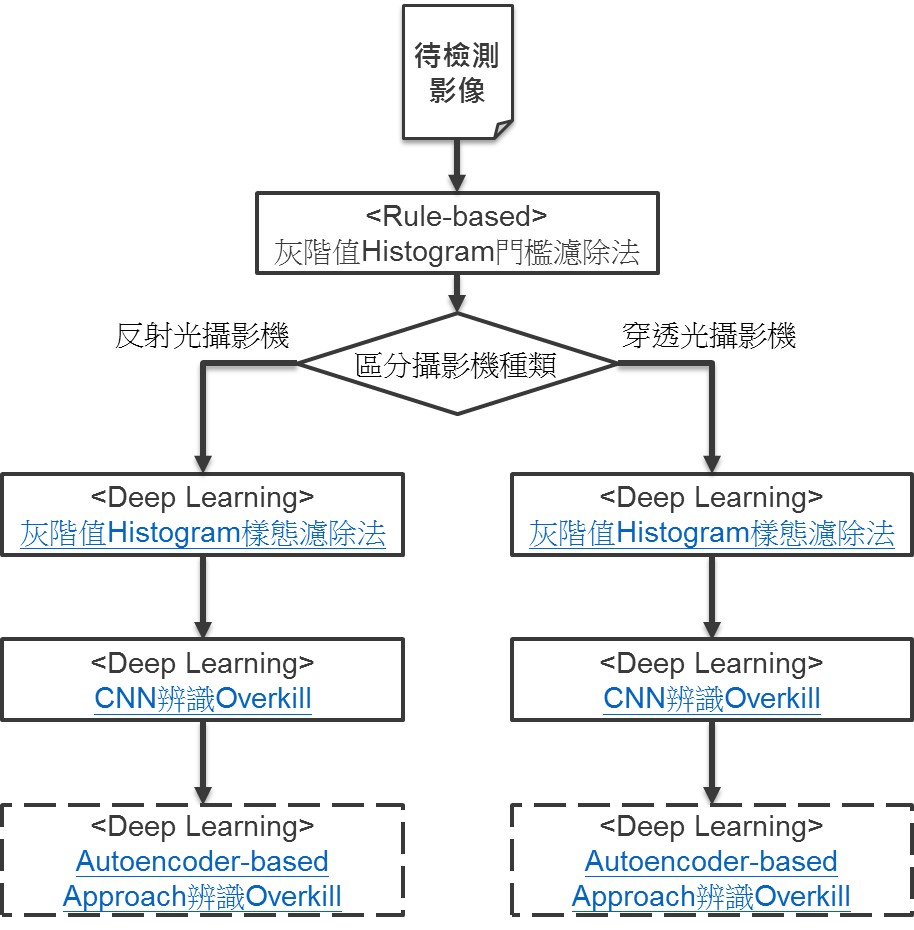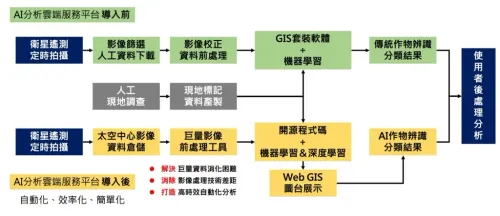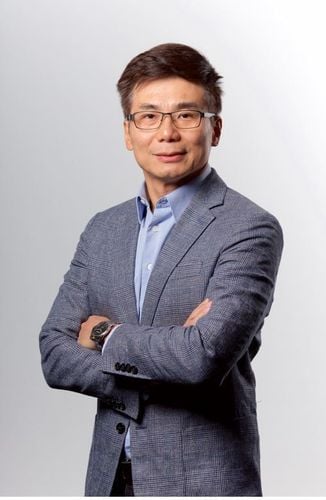【2020 Application Example】 Full Inspection AI Implementation in AOI Sealing Process, Reducing Screening Volume by 50%
Miniaturization of products, client demands full inspection
A listed electronic component manufacturer in Taichung, responding to the 5G era injecting new growth momentum into the quartz component industry, especially under the explosion of 5G opportunities, the importance of quartz components will play a more crucial role than in the past in consumer products.
As frequency components move towards miniaturization and at the same time demand high precision, the manufacturing processes are more susceptible to subtle factors, necessitating manufacturers to manage comprehensive data across all aspects including human, machine, material, method, and environment to quickly identify key defective factors in complex production environments.
Differing perceptions of defects, difficulty in enhancing quality consistency
With the trend of miniaturization and complexity of electronic components, visual inspection on the production line has four main functions including measurement, identification, positioning, and inspection, with inspection being the most challenging part as most electronics manufacturers still rely on traditional manual visual inspection.
Taking the PCB industry, where Automated Optical Inspection (AOI) technology has the highest penetration rate, as an example, a research institution once investigated and found that when two individuals inspect the same PCBA board four times, their mutual agreement rate was less than 28%, and the self-agreement rate was only about 44%. Due to differing perceptions of defects among on-site personnel, even automated machine vision can still lead to inconsistencies in product quality due to system settings or differences among quality control staff.
偲捷科技檢測AI化,降低過篩率20%~30%
With the support of the advisory team, collaboration with Sijie Technology aimed at the defects in the sealing process. Based on CNN (Convolutional Neural Network), the integration of multiple models introduced an AI recognition module to aid in the optimization of subsequent AOI tests, aiming to improve the accuracy of inspection equipment.
It is estimated that after introducing AI visual recognition, the over-screening rate could be effectively reduced to 20~30%. Thus, the industry, needing smarter inspection systems, has started applying AI technology to assist AOI equipment in optimizing subsequent screening tests.

▲AI-powered AOI Inspection Solution Cross-Model Design Concept

▲Sealing AOI Inspection Trial Results
Reducing false rejects, cutting manual screening workload by 50%
The project, through a deep learning network architecture, reclassifies defects detected including true and false defects, and further classifies them to reduce the false reject rate of the traditional AOI solution. This is anticipated to further aid manual inspectors in reducing more than 50% of the inspection screening volume, addressing current production line issues of relying heavily on manual re-inspection and low efficiency.
Future goals include integrating robotic arms for automatic loading and unloading, and analyzing defect causes to optimize production process parameters.
「Translated content is generated by ChatGPT and is for reference only. Translation date:2024-05-19」


